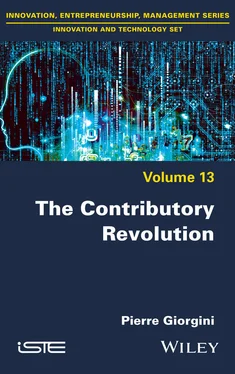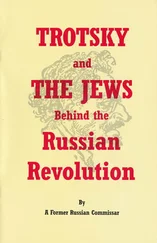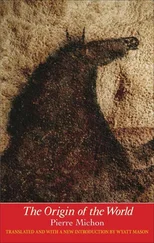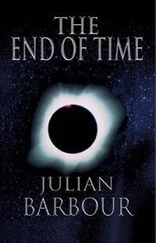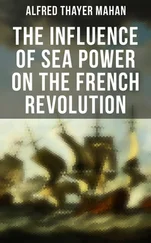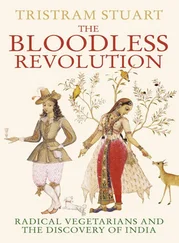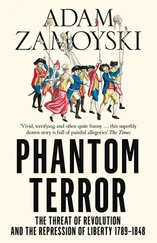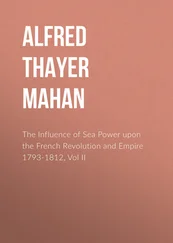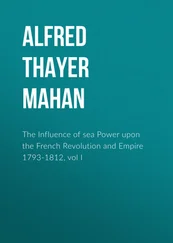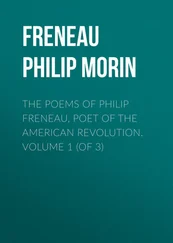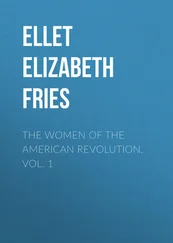1 Cover
2 Dedication To Bernard Stiegler An essential voice of contemporary thought has passed away. I had the immense honor and good fortune to cross paths with Bernard Stiegler in recent years. This book was discussed at our last dinner together shortly before his death. How can I not remember this charming moment. Bernard Stiegler could be tough and passionate when it came to intellectual debate. He could not stand mediocrity of thought. But in the more intimate space, he had a gentleness, a deep and warm strength, a radiant richness resulting from an extraordinary career. We had shared this intense meal with a common friend: Paul Jorion. At the end, I drove him back to his hotel. As he opened the door, he turned to me and said: “Read or reread, dear Pierre, the two sources of morality and religion by Bergson. Concentrate on the last chapter, which talks about mysticism and mechanics. As soon as it's done, we'll organize a lunch in Paris.” I found it in my library and read it in a week. The lunch will never happen or maybe it will ...
3 Title Page Innovation and Technology Set coordinated by Chantal Ammi Volume 13
4 Copyright First published 2021 in Great Britain and the United States by ISTE Ltd and John Wiley & Sons, Inc. Apart from any fair dealing for the purposes of research or private study, or criticism or review, as permitted under the Copyright, Designs and Patents Act 1988, this publication may only be reproduced, stored or transmitted, in any form or by any means, with the prior permission in writing of the publishers, or in the case of reprographic reproduction in accordance with the terms and licenses issued by the CLA. Enquiries concerning reproduction outside these terms should be sent to the publishers at the undermentioned address: ISTE Ltd 27-37 St George’s Road London SW19 4EU UK www.iste.co.uk John Wiley & Sons, Inc. 111 River Street Hoboken, NJ 07030 USA www.wiley.com © ISTE Ltd 2021 The rights of Pierre Giorgini to be identified as the author of this work have been asserted by him in accordance with the Copyright, Designs and Patents Act 1988. Library of Congress Control Number: 2021940536 British Library Cataloguing-in-Publication Data A CIP record for this book is available from the British Library ISBN 978-1-78630-724-8
5 Foreword
6 Preface
7 Acknowledgments
8 Introduction
I.1. Tricky words relating to the transformation of the living world I.2. Wear, aging, disappearance: the inescapable fate of matter? I.3. Is a positive future accessible? I.4. Is the search for a new alliance with nature driven by the crisis of meaning? I.5. An unavoidable gamble? I.6. A technoscience to be reinvented? I.7. General argument of the work I.8. Style and general structure of the work
9 1 The Major Dualities in How Things are Perceived 1.1. Examples to illustrate the ongoing transition 1.2. Our relationship to power is in question 1.3. Our relationship to language is in question 1.4. The epistemological mutation of the sciences
10 2 Science and Sense, Places and Links2.1. The salutary crisis of meaning 2.2. The duality of places and links 2.3. The metamorphosis of science as a cultural object 2.4. The crisis of joy
11 3 Contributory Metamorphosis in the Conception of Systems and the Sciences3.1. Introduction 3.2. The hypothesis of a science claiming to explain everything about visible reality 3.3. From the digital revolution to the quantum revolution 3.4. The convergence of physics, cybernetics and digital sciences 3.5. Subjectivity, incompleteness, unpredictability and indeterminacy in science 3.6. The case of economic sciences 3.7. Critical notes on the hypothesis of a unified science of visible reality 3.8. Understanding what it means to understand 3.9. Science pushed to the limits, the limits of science 3.10. Conclusion
12 4 The Contributory Metamorphosis of Technical Progress4.1. Introduction 4.2. Confession: the suicidal race to technical intensity 4.3. A short history, from geosphere to technical civilization 4.4. The five stimulants of the “technological bluff” 4.5. The case of robotics and artificial intelligence
13 5 The Salutary Crisis of Joy5.1. The demolition of places 5.2. The living world, an example to follow 5.3. A saving antidote to the general crisis of meaning 5.4. The path of complexity – ethics of organized complexity 5.5. Third places, co-elaborative spaces that integrate meaning 5.6. Is an endo-contributive economy possible? (Human capital and full human development) 1 5.7. Is endo-contributive energy possible? 2 5.8. Is endo-contributive agriculture possible? 3 5.9. Is endo-contributory technoscience possible?
14 Conclusion: The Limits of the Thesis
15 Postface
16 Appendix: Scientific and Philosophical CommentsA.1. The articulation between the concepts of entropy and (dis)order A.2. Negative entropy does not exactly reflect biological organizations A.3. Plato’s dualism: sensible things – and Ideas A.4. For Industrial Revolution, a new basis for legitimacy, security, justice, peace, etc. A.5. Uncertainty and chaos – illustration A.6. About the wave–corpuscle duality
17 References
18 Index
19 End User License Agreement
1 Chapter 3Figure 3.1. The two projected faces of a cylinder (source: https://fr.wikipedia....
2 Chapter 4Figure 4.1. The humanization of machines (source: https://fr.depositphotos.com/s...
3 Appendix: Scientific and Philosophical CommentsFigure A.1. Sensitivity to the initial conditions of a system
1 Cover
2 Table of Contents
3 Dedication To Bernard Stiegler An essential voice of contemporary thought has passed away. I had the immense honor and good fortune to cross paths with Bernard Stiegler in recent years. This book was discussed at our last dinner together shortly before his death. How can I not remember this charming moment. Bernard Stiegler could be tough and passionate when it came to intellectual debate. He could not stand mediocrity of thought. But in the more intimate space, he had a gentleness, a deep and warm strength, a radiant richness resulting from an extraordinary career. We had shared this intense meal with a common friend: Paul Jorion. At the end, I drove him back to his hotel. As he opened the door, he turned to me and said: “Read or reread, dear Pierre, the two sources of morality and religion by Bergson. Concentrate on the last chapter, which talks about mysticism and mechanics. As soon as it's done, we'll organize a lunch in Paris.” I found it in my library and read it in a week. The lunch will never happen or maybe it will ...
4 Title Page Innovation and Technology Set coordinated by Chantal Ammi Volume 13
5 Copyright First published 2021 in Great Britain and the United States by ISTE Ltd and John Wiley & Sons, Inc. Apart from any fair dealing for the purposes of research or private study, or criticism or review, as permitted under the Copyright, Designs and Patents Act 1988, this publication may only be reproduced, stored or transmitted, in any form or by any means, with the prior permission in writing of the publishers, or in the case of reprographic reproduction in accordance with the terms and licenses issued by the CLA. Enquiries concerning reproduction outside these terms should be sent to the publishers at the undermentioned address: ISTE Ltd 27-37 St George’s Road London SW19 4EU UK www.iste.co.uk John Wiley & Sons, Inc. 111 River Street Hoboken, NJ 07030 USA www.wiley.com © ISTE Ltd 2021 The rights of Pierre Giorgini to be identified as the author of this work have been asserted by him in accordance with the Copyright, Designs and Patents Act 1988. Library of Congress Control Number: 2021940536 British Library Cataloguing-in-Publication Data A CIP record for this book is available from the British Library ISBN 978-1-78630-724-8
Читать дальше
